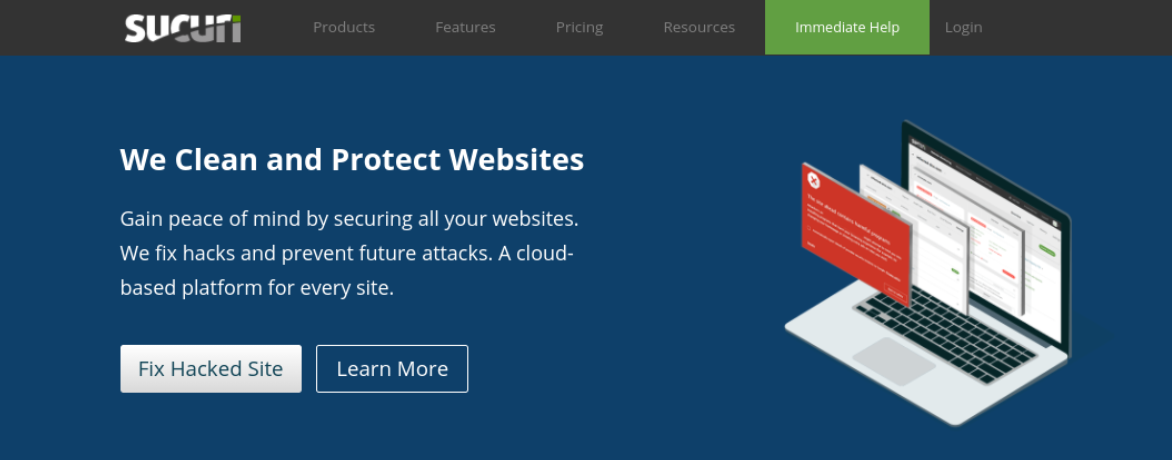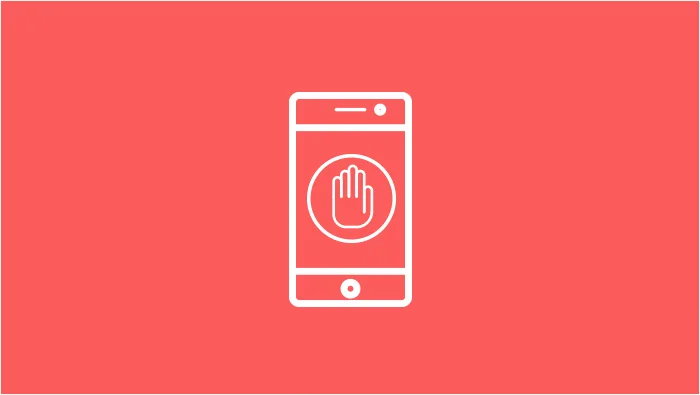As a WordPress website owner, you must take proactive measures to protect your site. Among these risks are Remote Code Execution (RCE) attacks. Unless you take preventative measures, you're at risk for this type of injection.
Cybercriminals are getting craftier with their tactics. They are constantly attacking vulnerable systems, and remote code execution attacks happen quite often. This is one of the most common strategies, followed by injection attacks.
If you're unaware of remote code execution, it's an attack that allows a malevolent attacker to attack your system from anywhere in the world, no matter where you are. The consequences are that the attacker can get away unharmed while your operations, data, and business suffers irreversible harm.
It's so important to protect your website from remote code execution attacks. There are ways to take simple steps to avoid these attacks, such as knowing what they are and how they work. In this post, we'll discuss the specifics of remote code execution and what it can mean for your WordPress site.
What is a remote code execution attack?
Multiple security attacks threaten WordPress sites today, but the most common type of attack is Remote Code Execution, also called code injection. This type of attack is more prevalent than any other type, according to a 2020 Global Threat Intelligence Report from NTT.
RCE attacks can make your device stop working or give attackers complete control. One type of RCE attack is when an attacker executes malicious code on your machine to achieve a specific purpose. If an attacker has already gained access to your device, they can take full control of it, including accessing applications and services to do things like stealing your private data.
RCE attacks are often the result of larger security holes, whether it be through a vulnerability in network defenses, your app, or your operating system.
Remote code execution attacks are common in hacking. The hacker puts malicious code into the user's computer that the server deems safe. The attack can come in many forms, but some of the most innocuous ones include:
SQL injections: You are vulnerable to SQL injections, which are a vulnerability that hackers can exploit by injecting malicious statements into your database.
Type confusion: hackers take advantage of code that doesn't check integrity and pass in objects.
Cross-Site Scripting (XSS) is when a hacker injects unauthorized JavaScript code into your site.
Deserialization is when data is about to leave a data stream and is vulnerable to injections of serialized data.
A remote code execution attack is when the hacker is able to break into your site or server from a remote location. In addition to injecting malicious code, the hacker can take control of your site or device, potentially compromising it for their own means.
When your server goes down because of a remote code execution attack, it can result in reputation damage, loss of business, or stolen customer data. As such, knowing how to protect your site against this type of malicious activity is of utmost importance.
The goals of RCE attacks
All sorts of people might try to get unauthorized access to your systems. This is called a remote-code execution attack. The motivations behind such attacks can be very different depending on your field of business and the data you hold. They could be trying to accomplish anything from an embarrassing leak, to a major theft of intellectual property, or even a devastating denial of service attack.
Attackers can get inside your network by using RCE, but it doesn't end there. Once they're in, they could be using it for corporate espionage or to monitor your operations. You need to do whatever you can to stop an attack of this kind before it's too late.
Cybercriminals can use your data. An RCE attack can allow them to install more code, which leads to the transmission of data. If a cybercriminal starts with an RCE attack, they can eventually siphon off large amounts of your data.
Disruption. Attackers can use an RCE vulnerability to enter your network, causing an RCE. This is also known as a buffer overflow attack. The result of this can be significant disruption to your systems. When this happens, the attacker can cause the remote system to become offline, or they can cause another disturbance that inconveniences or costs you or your customers.
One of the key motivations for a large number of security breaches is a lack of training for employees. It's a major contributor to the high number of remote code execution attacks out there in the field.
What is the difference between an RCE attack and an ACE attack?
Unlike RCE attacks, ACE attacks do not need an authorization. In this attack, the attacker executes arbitrary commands without the user’s consent and with malicious intentions.
It is important to know the difference in a cross-site scripting attack and a remote code execution attack. In a cross-site scripting attack, the person attacking your site is in your physical presence. An RCE attack is when the perpetrator is remotely located.
Cryptomining is the driving force behind the recent rise in ransomware attacks
Cybercriminals want to take over your system for one reason: to install cryptomining software on your system. The Imperva security company found out that 90% of all RCE attacks were motivated by the installation and execution of cryptomining software on the victim's hardware.
In a crypto-currency mining attack, criminals try to exploit your computing resources in order to solve sufficient cryptography problems to profitably mine cryptocurrency. First, think about why you're being targeted. Your computer is far more powerful for this task than a regular computer because it has a ton of bandwidth and computing power. As a result, this process will make you work harder and use more electricity and hardware resources.
Now, if your systems are not protected, you'll be more vulnerable to hackers. The result would be a wider, more damaging breach. If you have unauthorized software on your computers, don't allow criminals to execute any code they want. From an innocent-looking email attachment to a social media post, hackers can use any number of tricks to gain access to your data.
How to protect your website?

Now that we understand what remote code execution attacks are, here are three ways to protect your website from them.
Use a Web Application Firewall (WAF)
It's very important to protect your website against security threats. One way to do this is by installing a web application firewall (WAF) on the site. This will help filter out suspicious requests before they can harm your site. The WAF adds another layer of protection to your site.
Worried about bad actors who might ruin your WordPress website? Installing a web application firewall (WAF) is the first step. There are many popular choices of WAF, but one is Sucuri WAF.

Sucuri's WAF can help protect against remote code execution and Distributed Denial-of-Service (DDoS) attacks. Some quality WAF WordPress plugins to check out include Wordfence Security and Cloudflare.
Update your website and extensions
Make sure your website is secure from remote code execution by keeping all your tools, software, and systems updated. Keep an eye on your site for any possible updates for plugins and themes.
Plugin developers are regularly releasing security fixes and patches that can strengthen your blog's security. If you do not update to the latest version, hackers can use security vulnerabilities on your site to exploit it.
The CMS you choose is just as important as the site you build on. In general, WordPress is a secure open-source software. But it isn’t without fault, so staying on top of the latest edition can help make your site more secure. This includes keeping plugins and themes up-to-date.
Create a response plan
It can be difficult to never get hacked. Even the tightest security measures may be compromised. Be ready for that event by constructing a response plan that can help your organization to end the attack quickly and recover from any possible aftermath.
Prevention is key
There are many ways that an RCE attack can affect a company. One outcome is the crypto miner that has taken over your company's system. There are many other outcomes including data theft and business-critical downtime. These attacks are not rare either, in fact they happen all the time.
Hackers are targeting your organization. You must be aware of RCE attacks and take care to protect your company from them. The most important step you can take is to patch vulnerabilities.
Conclusion
One of the most important maintenance tasks for e-commerce sites is security. It helps to prevent attacks, such as remote code execution. If you don’t take necessary precautions, hackers can infiltrate your site and steal sensitive customer data, such as credit card info.

Nadejda Milanova
An experienced Content creator in the field of Search Engine Optimization (SEO) and WordPress. A true proffesional with a Master's degree focused on journalism.
Read more by Nadejda Milanova





